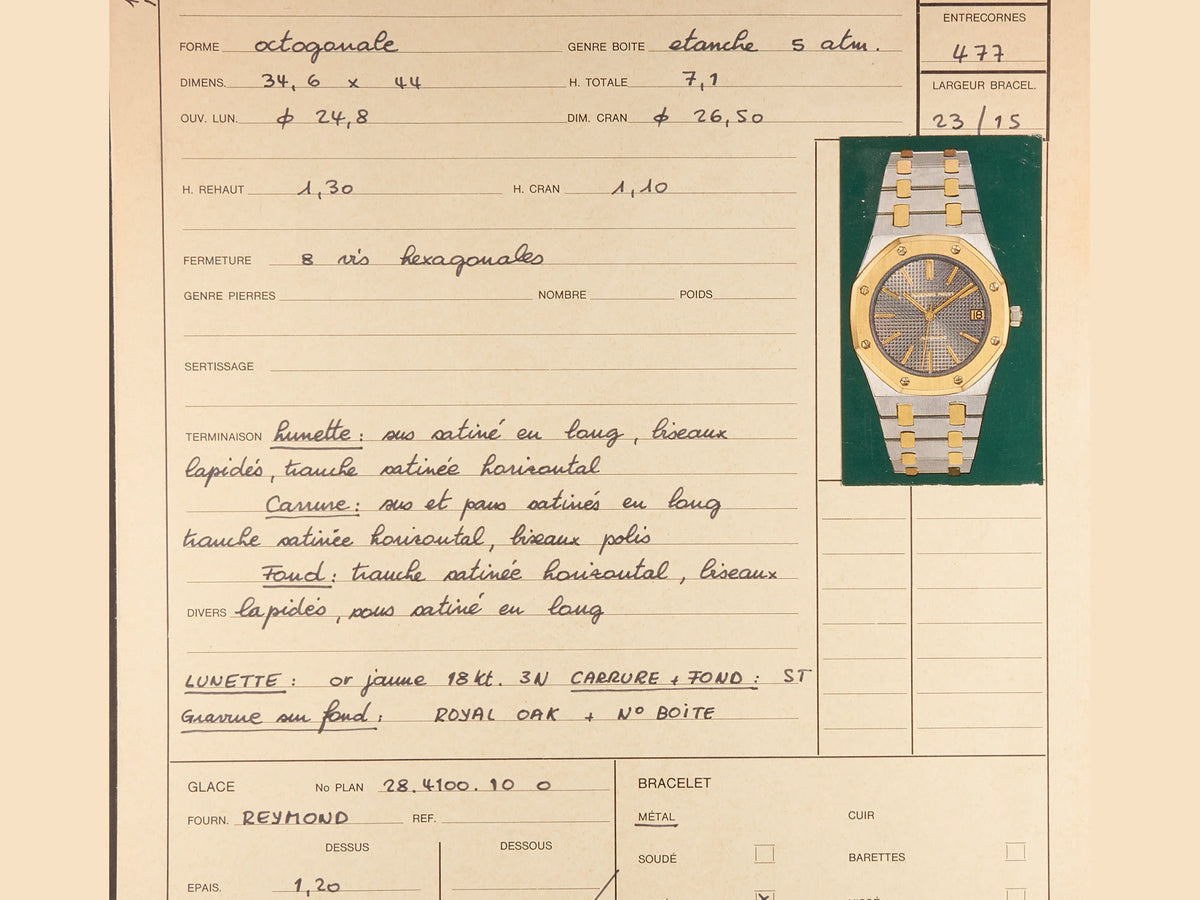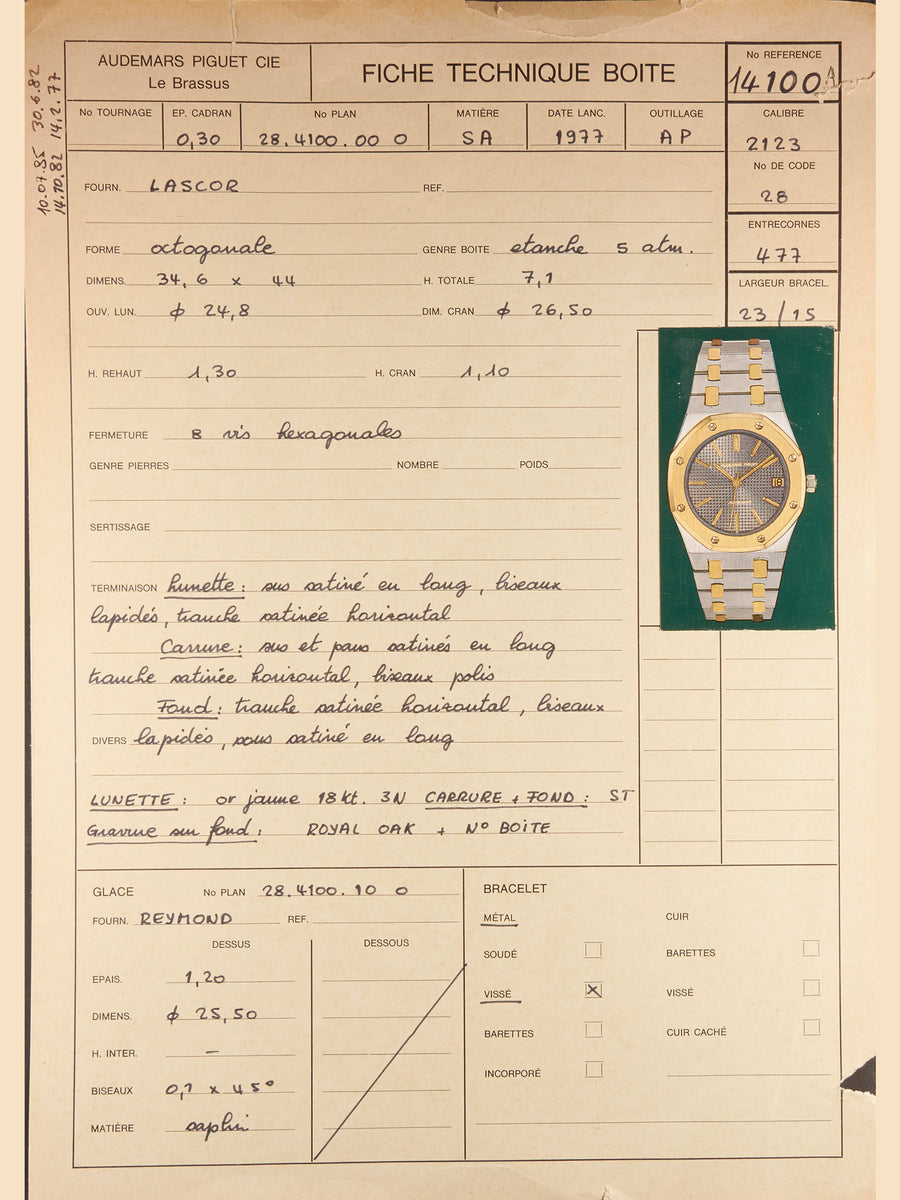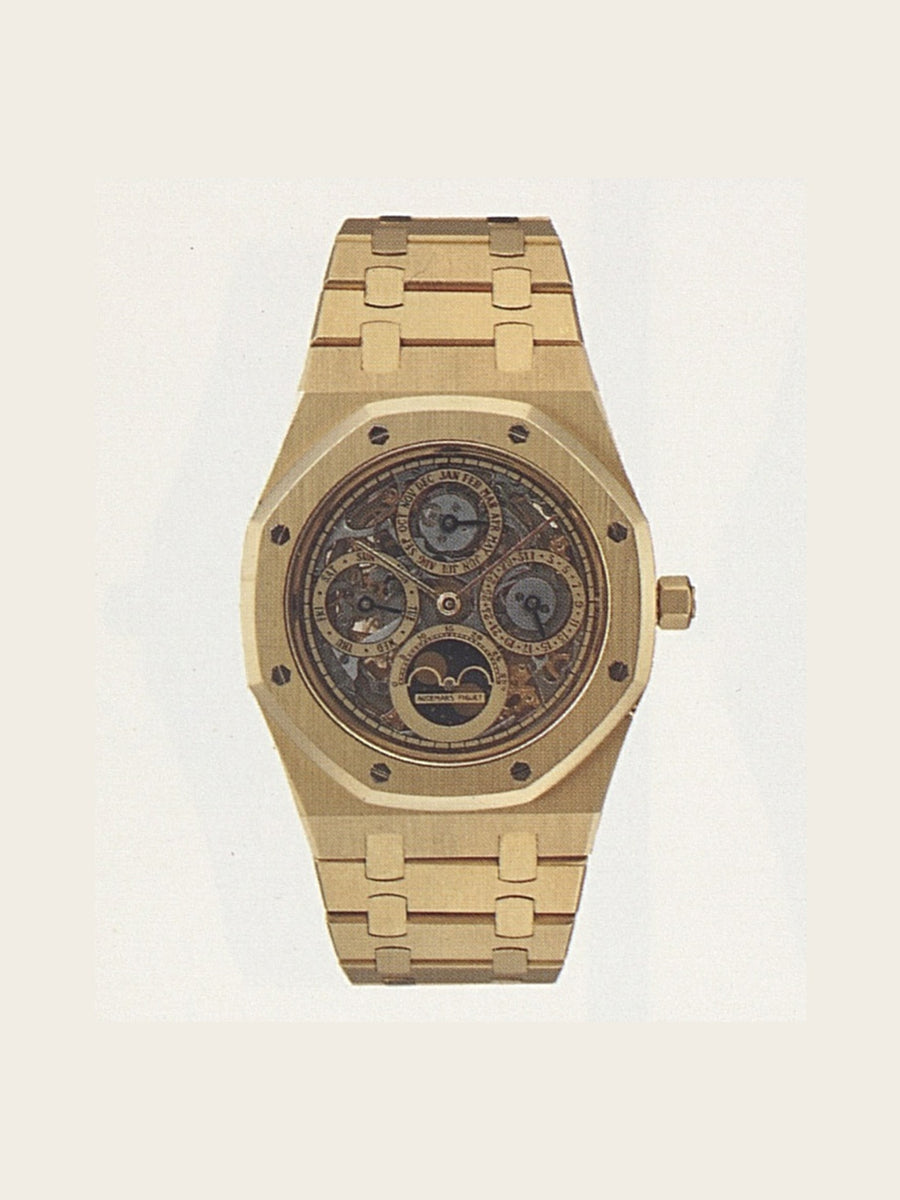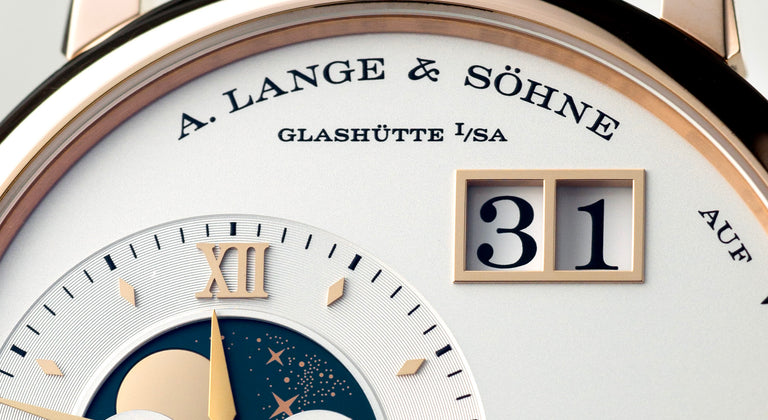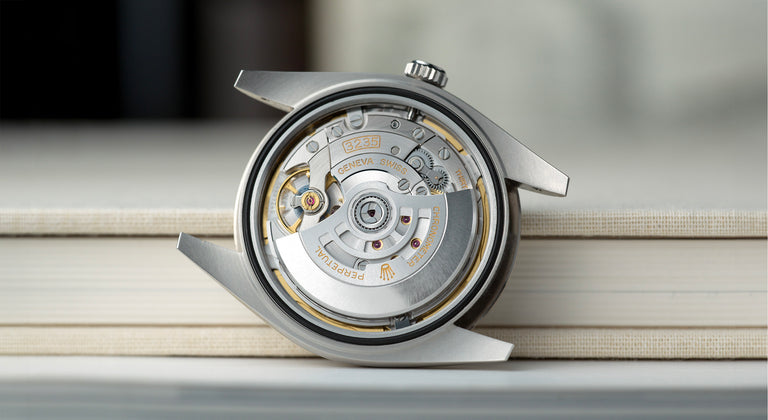In the 21st century, watches like the Audemars Piguet Royal Oak need no introduction, yet here we are. Turning 52 this coming April, the Royal Oak stands as one of the top three “icons” of the watch industry; it’s a watch you can spot from across the room, and a watch that has come to define the steel sports watch category. Now, we could spend days going through the comprehensive history of the Royal Oak, from how it came to be, to how it evolved into the star of fine watchmaking today, but that tale has been told countless times before.
Instead, today’s lesson takes a different line of approach. The current collection of Royal Oaks and Royal Oak Offshore references includes a huge spectrum of complications and materials, but do you know where those evolutions got their start? Where did the Royal Oak Concept come from? Why did AP start offering precious metal variants of a watch that was intended to only be offered in steel? These are the things we’re looking to unpack here.
